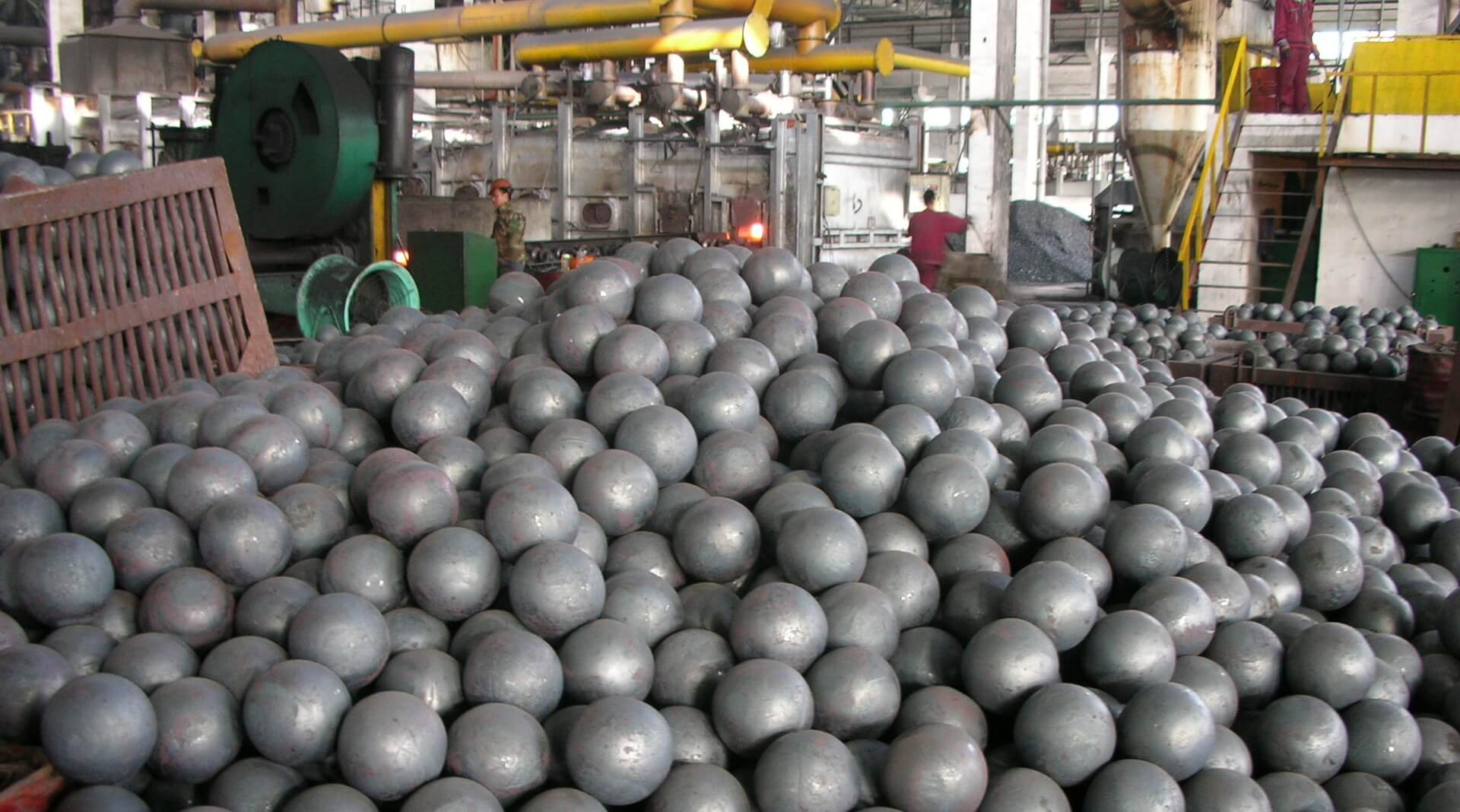Contact Fox Industries for your powder molding treatment
with our grinding media Ball mills, all available for
purchase on our website and by contacting us for a custom quote.
Grinding Media and grinding Balls are used in milling or
grinding processes to crush, grind and grind various materials. There are a
variety of milling media available from Fox Industries, such as:
Ceramics (agate, alumina, zirconia stabilized with yttrium
oxide, zirconium silicate, hardened zirconia alumina and tungsten carbide)
The grinding or grinding media can be used in grinding and
dispersion in the following applications.


Advanced ceramics
Bio Technologies (DNA and RNA isolation)
Chemicals, including agrochemicals, e.g. Fungicides,
insecticides
Coatings, paints, prints and inks from inkjet printers
Electronic materials and components, e.g. CMP Slurry,
Ceramic Capacitors, Conductive Inks
- Food preparation
- Lithium ion battery materials
- Nonmaterials
- Mineral processing
- Organic synthesis
- Pigments and dyes
- Pharmaceuticals
The main properties of grinding and grinding media are size,
density, hardness and composition. Fox Industries scientists and material
engineers have expertise in grinding and milling processes and can recommend
the material, shape, size and quantity of grinding and milling media best
suited to your application. Contact us to discuss your grinding needs. Fox
Industries offers a wide variety of logs, grinding media and grinding media in
kilograms and tons. The choice of milling medium depends on several factors, as
explained below:
Initial and final granulometry of materials - The size of
the grinding material should be chosen according to the initial and final grain
size of the material. Several milling steps using milling supports of different
sizes may be necessary to obtain the best milling effect. It is also possible
to use a combination of grinding media sizes in a single grinding process to
achieve the desired final particle size.
Density - Higher density milling supports generally have
better grinding efficiency and can reduce the size of the final particles of
the material to be milled. The density of the support must be greater than that
of the material to be ground.
Hardness - The harder supports have higher wear resistance,
less contamination and better milling efficiency.
Composition - The choice of substrate composition depends on
the compatibility with the material to be ground, as well as the materials of
the container and the liner used in the grinding process. The goal is to
minimize contamination and get the best machining effect.
Cost - The cost of tungsten carbide and zirconia milling
media is generally higher than that of alumina and agate. However, they are
also more resistant to wear and offer better milling performance. is higher.
Comments
Post a Comment